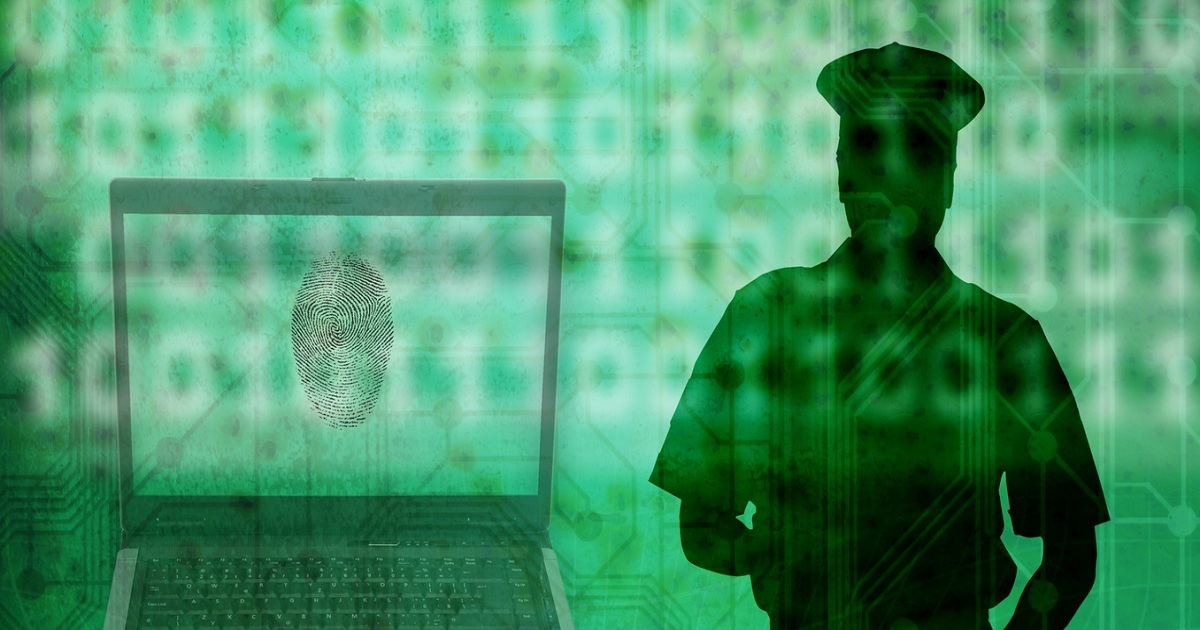How Big Data is Changing Law Enforcement
bigdataanalyticsnews | July 11, 2018

Using the FBI numbers, the violent crime rate fell 48% between 1993 and 2016,” according to Pew Research. “Using the BJS data, the rate fell 74% during that span.” These are huge drops for violent crime in America. Reduced crime rates come from a variety of cultural changes that will cause the dropping crime rates to stagnate. Whether you want to believe in mass incarceration or believe that the availability of reproductive rights has caused this drop-in crime rates, a dropping crime rate is not going to continue, as the model that the U.S. has relied on is not a sustainable one. Fortunately, big data can help with crime prevention efforts. We can use big data to predict where crime is going to happen and remove some of the human bias from our policing and create better policies around that data. America has a big issue with racism in its policing. Not only with actual laws, but with police officers as well. As members of the general public, police officers could reflect some of the racism that exists in our society. One way this manifests itself is in the way we police drug crimes. Whether that’s the laws like the ones regarding cocaine and crack or that, although black and white people use drugs at about the same rate, black people are four times more likely to be arrested for drug use and possession.